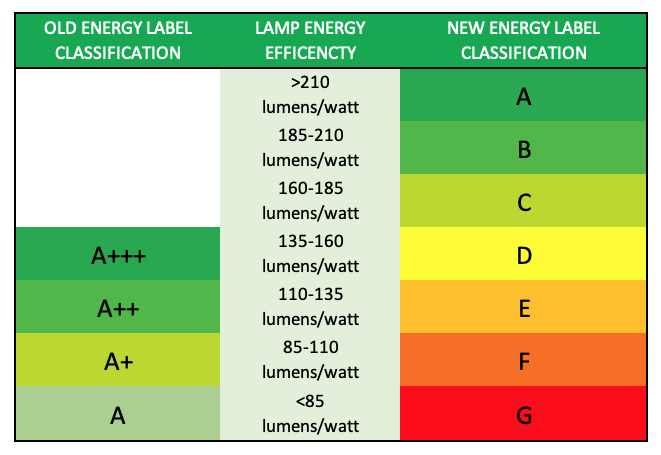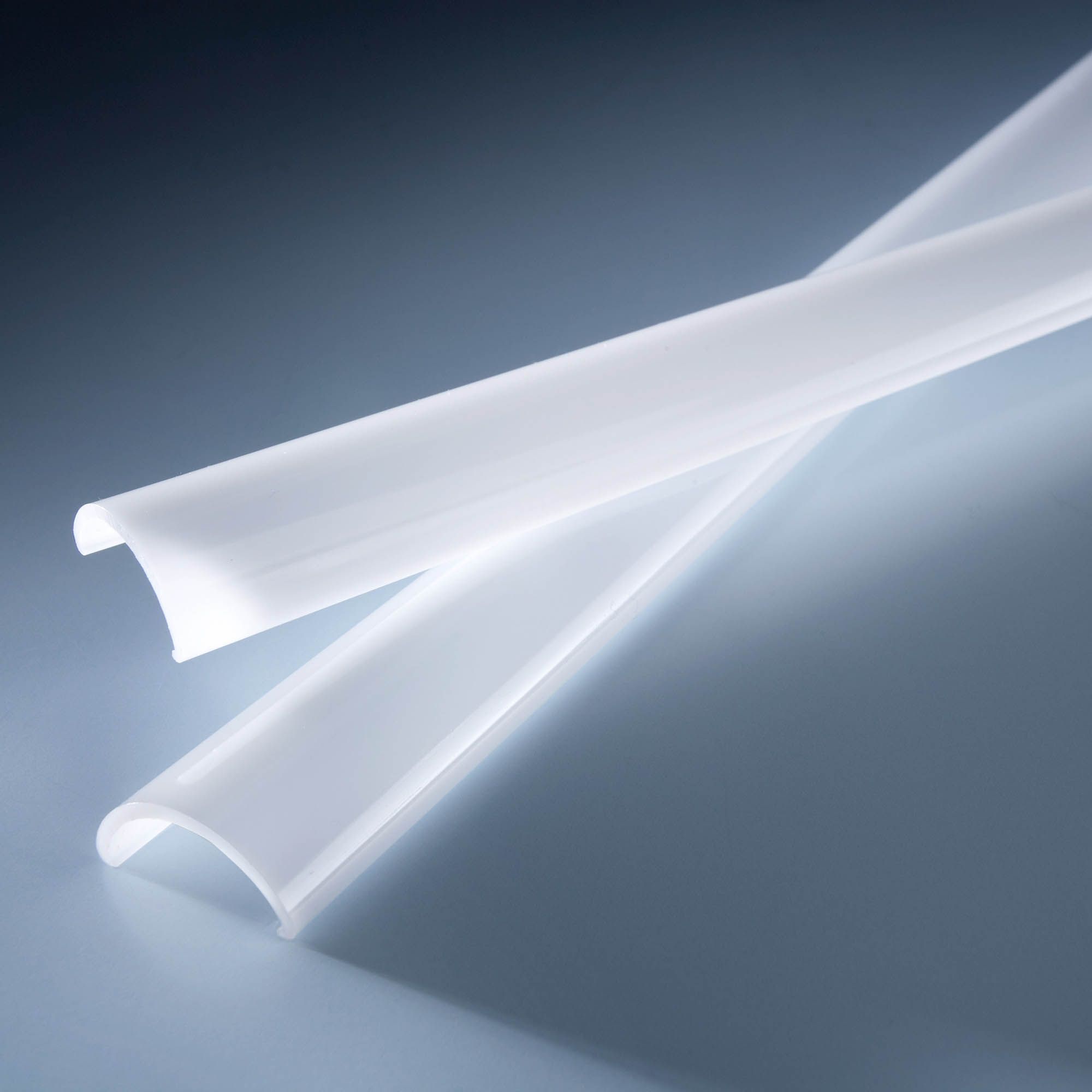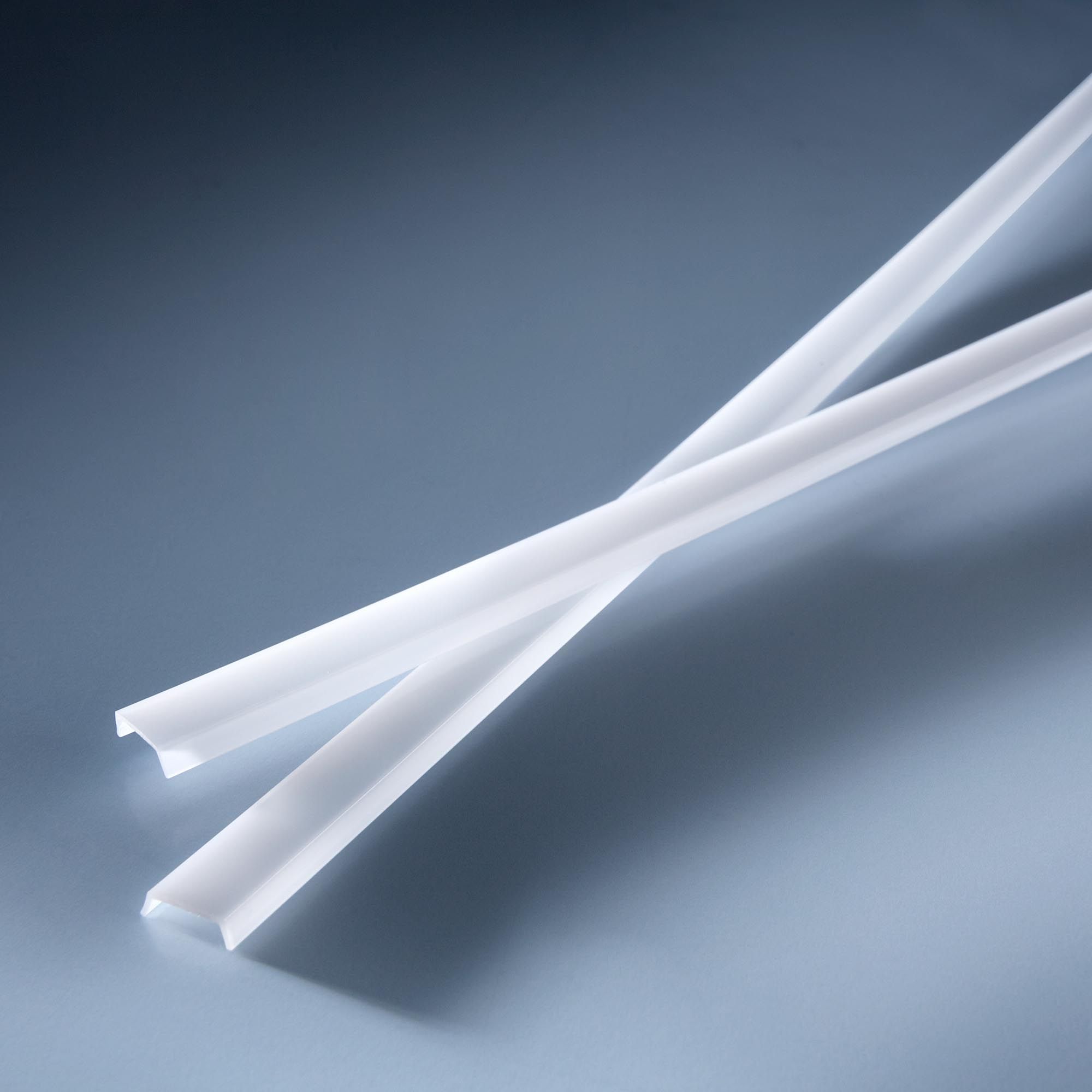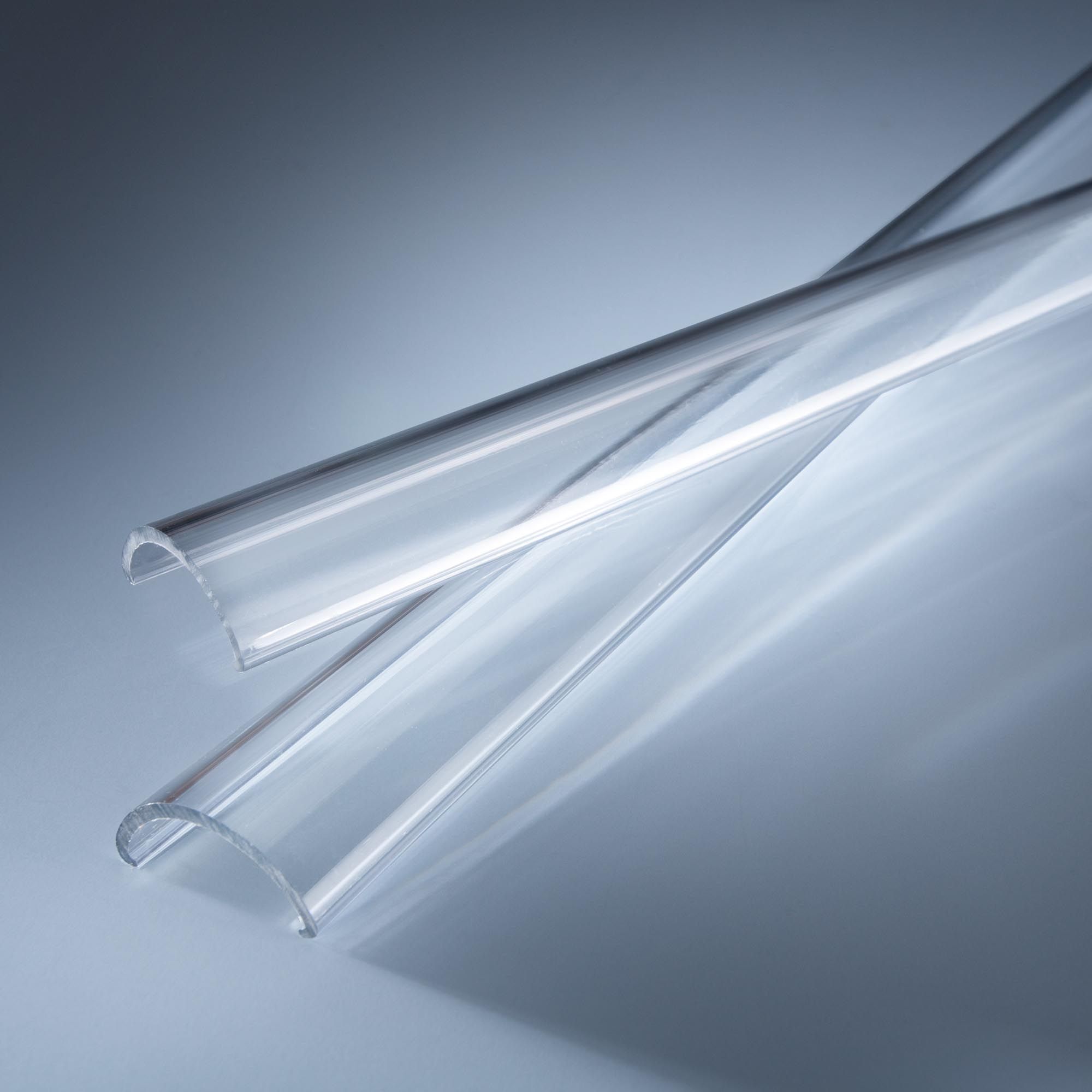30th Anniversary of the High Brightness Blue LED: Revolutionizing the Lighting Industry
- By Ledrise Led Professional
- Nov 21, 2023
In this blog post, we celebrate the 30th anniversary of the high brightness blue LED, a pivotal innovation in lighting technology by Nichia Corporation. This remarkable journey began with a modest announcement in November 1993 by Nichia, a then-obscure chemical company based in rural Tokushima, Japan. Eschewing grandiose launch events, Nichia chose a simple interview with a local newspaper to introduce their groundbreaking blue LED, the NLPB500. The post explores the early applications of blue LEDs in traffic signals, displays, and scanners, and the subsequent development of the 3-in-1 LED for high-resolution indoor displays.
This led to the revolutionary creation of white LEDs, combining blue LED technology with YAG phosphor. The impact of this innovation extends far beyond lighting, influencing industries and contributing to environmental conservation. The post also discusses the future prospects of LED technology, including ongoing research in areas like Li-Fi and the potential of emerging technologies like OLEDs and quantum dots. To learn more about this fascinating journey of innovation and its far-reaching implications, we invite you to read the full article and join us in celebrating this significant milestone.























